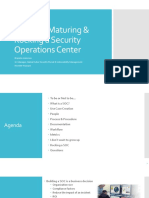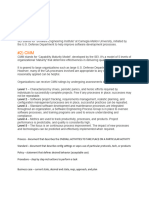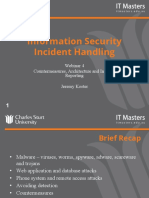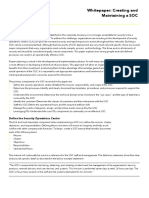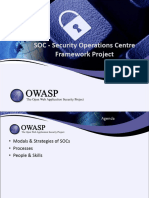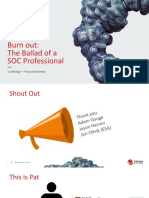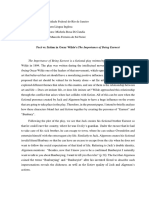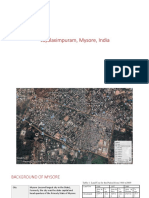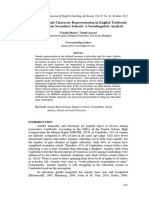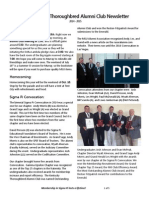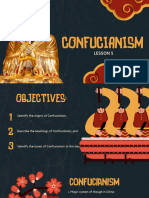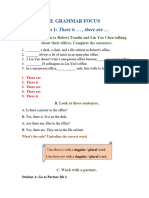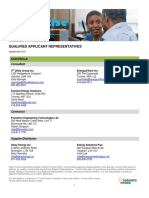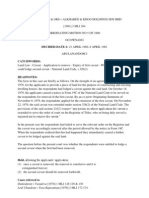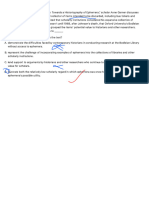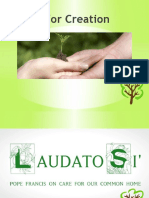0% found this document useful (0 votes)
5 views3 pagesQuestions
The document outlines the structure and processes of a Security Operations Center (SOC) project for MRPL, detailing its purpose, scope, team roles, and incident management procedures. It includes sections on daily operations, escalation procedures, compliance, onboarding, training, key metrics, threat intelligence, and a glossary of terms. Additionally, it provides appendices for internal resources, emergency contacts, and sample incident reports, with placeholders for further content and updates.
Uploaded by
fecab74085Copyright
© © All Rights Reserved
We take content rights seriously. If you suspect this is your content, claim it here.
Available Formats
Download as TXT, PDF, TXT or read online on Scribd
0% found this document useful (0 votes)
5 views3 pagesQuestions
The document outlines the structure and processes of a Security Operations Center (SOC) project for MRPL, detailing its purpose, scope, team roles, and incident management procedures. It includes sections on daily operations, escalation procedures, compliance, onboarding, training, key metrics, threat intelligence, and a glossary of terms. Additionally, it provides appendices for internal resources, emergency contacts, and sample incident reports, with placeholders for further content and updates.
Uploaded by
fecab74085Copyright
© © All Rights Reserved
We take content rights seriously. If you suspect this is your content, claim it here.
Available Formats
Download as TXT, PDF, TXT or read online on Scribd
/ 3
